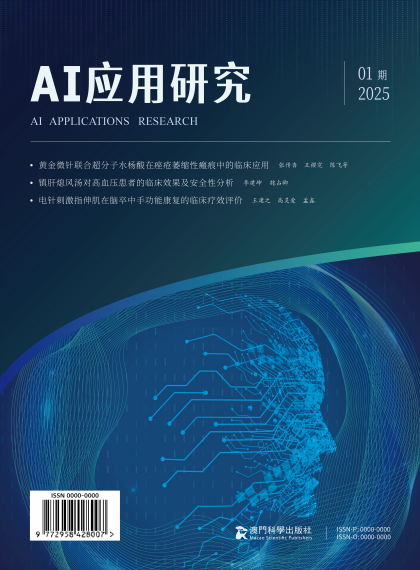摘 要:
随着科技的迅速发展,AI技术的运用在生物工程领域中显示出巨大的潜力。本研究中,我们研发了一种AI辅助的方法,用于设计极端环境下耐高温的生物元件,尤其是高温耐受蛋白质。首先,通过大数据分析和机器学习的方法,我们发现了耐高温蛋白质的通用特征,并将这些特征肇喜构建目标蛋白质。然后,借助合成生物学的理论与技术,我们合成了这些高温耐受蛋白质,并进行了严格的实验验证。结果表明,AI设计的高温蛋白质不仅具有较好的耐温性,且在热性能、稳定性等方面显示出超越传统蛋白质的优势。此研究证明了AI辅助设计耐高温生物元件的可行性和高效性,可为极端环境下生物元件的设计与应用提供新的研究思路和实践方向。
关键词:AI辅助设计; 极端环境生物元件; 高温耐受蛋白质
Abstract:
With the rapid advancement of technology, the application of AI technology has demonstrated immense potential in the field of bioengineering. In this study, we developed an AI-assisted approach for designing biological components that can withstand high temperatures in extreme environments, with a particular focus on heat-tolerant proteins. Firstly, through big data analysis and machine learning methods, we identified common characteristics of heat-tolerant proteins and utilized these features to construct target proteins. Subsequently, employing the theories and techniques of synthetic biology, we synthesized these heat-tolerant proteins and conducted rigorous experimental validations. The results indicated that the AI-designed heat-tolerant proteins not only possess good temperature resistance but also exhibit superior thermal performance and stability compared to traditional proteins. This study demonstrates the feasibility and efficiency of AI-assisted design for heat-tolerant biological components, providing new research ideas and practical directions for the design and application of biological components in extreme environments.
Keywords: AI-assisted design; Biological components in extreme environments; Heat-tolerant proteins
--
